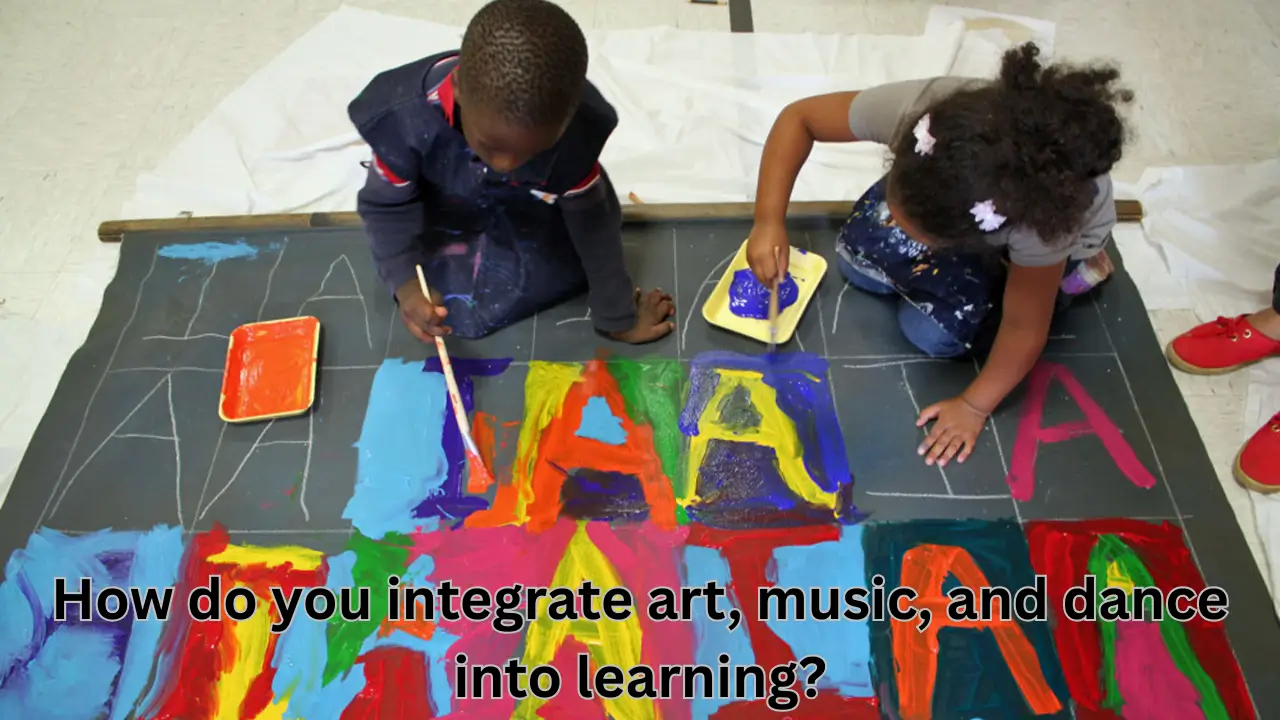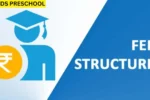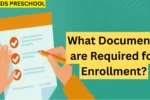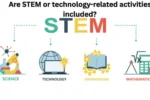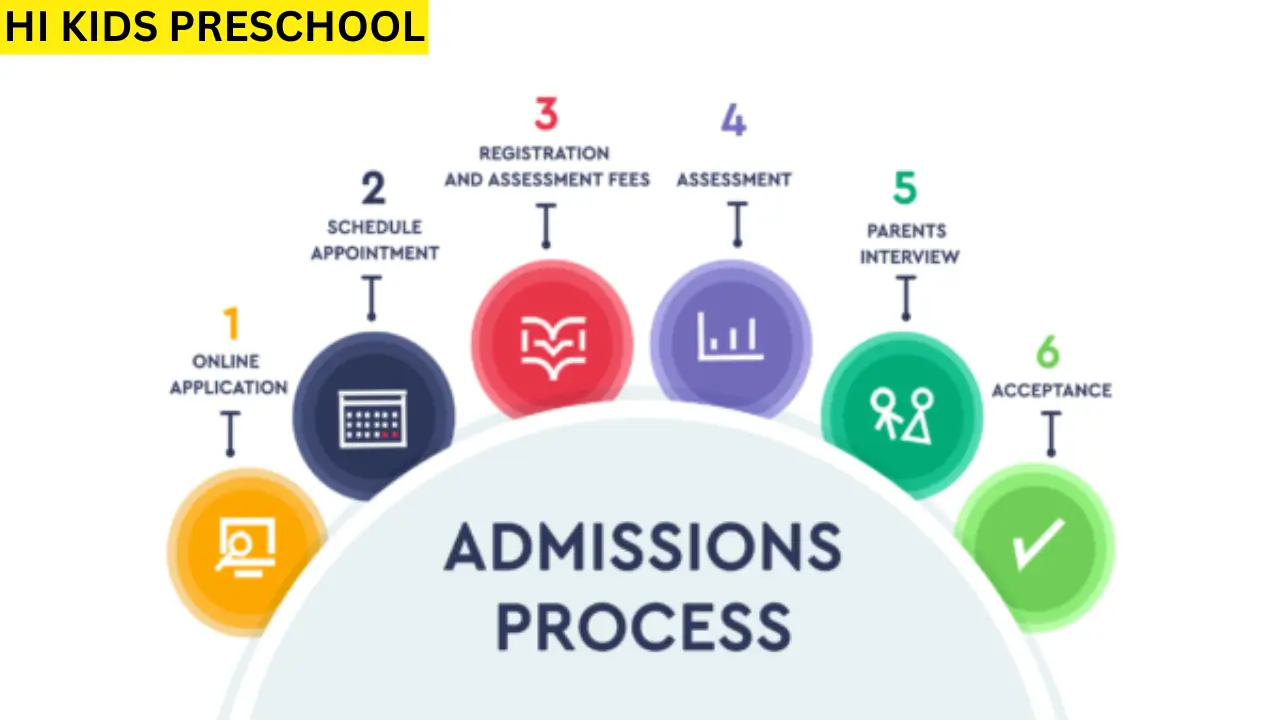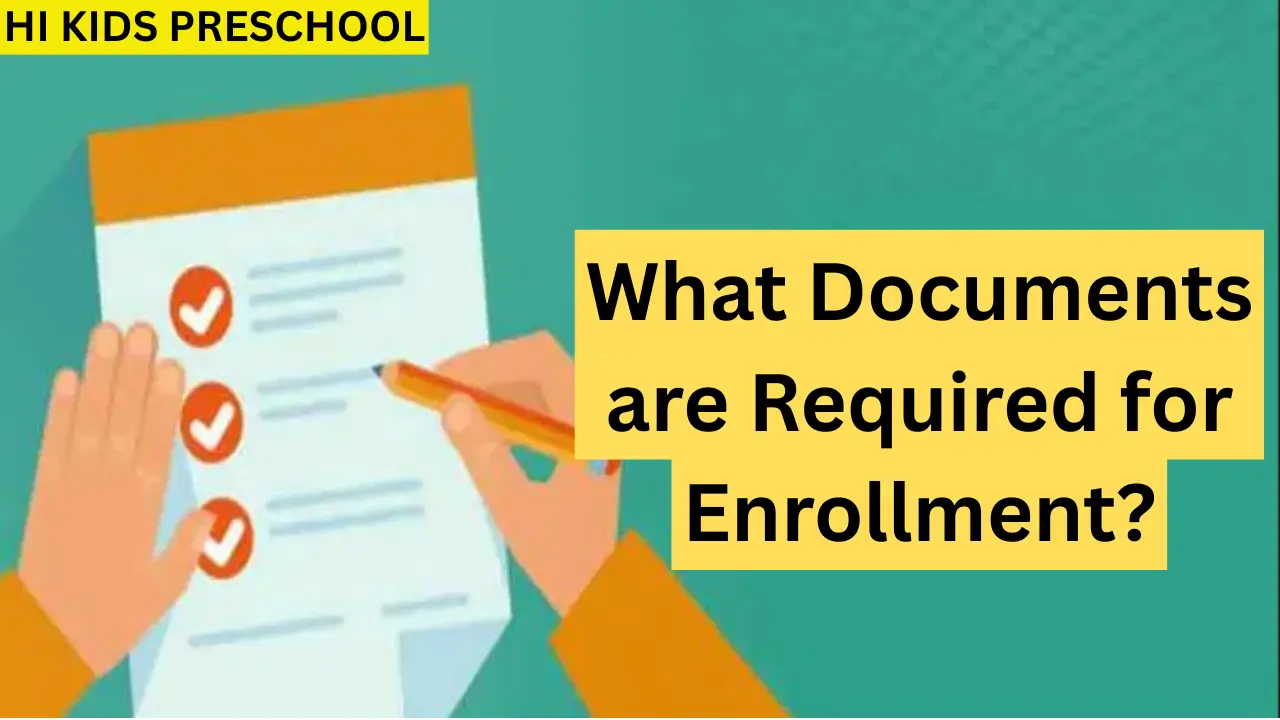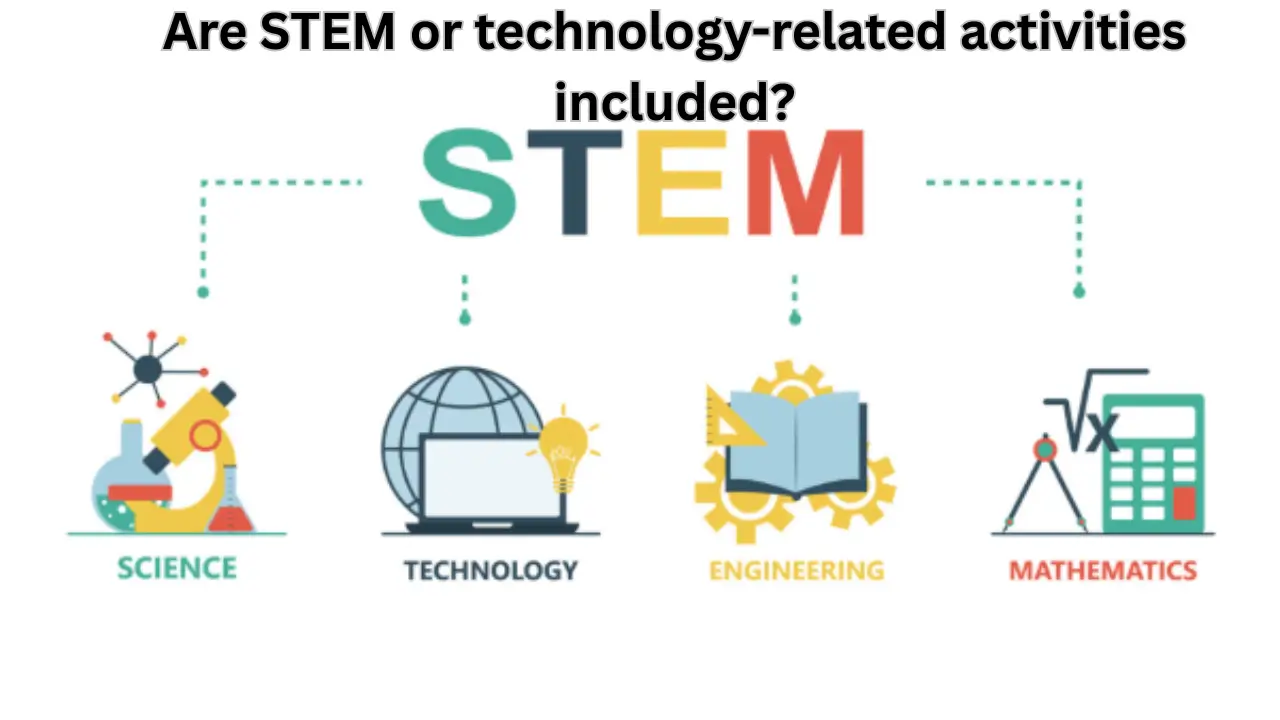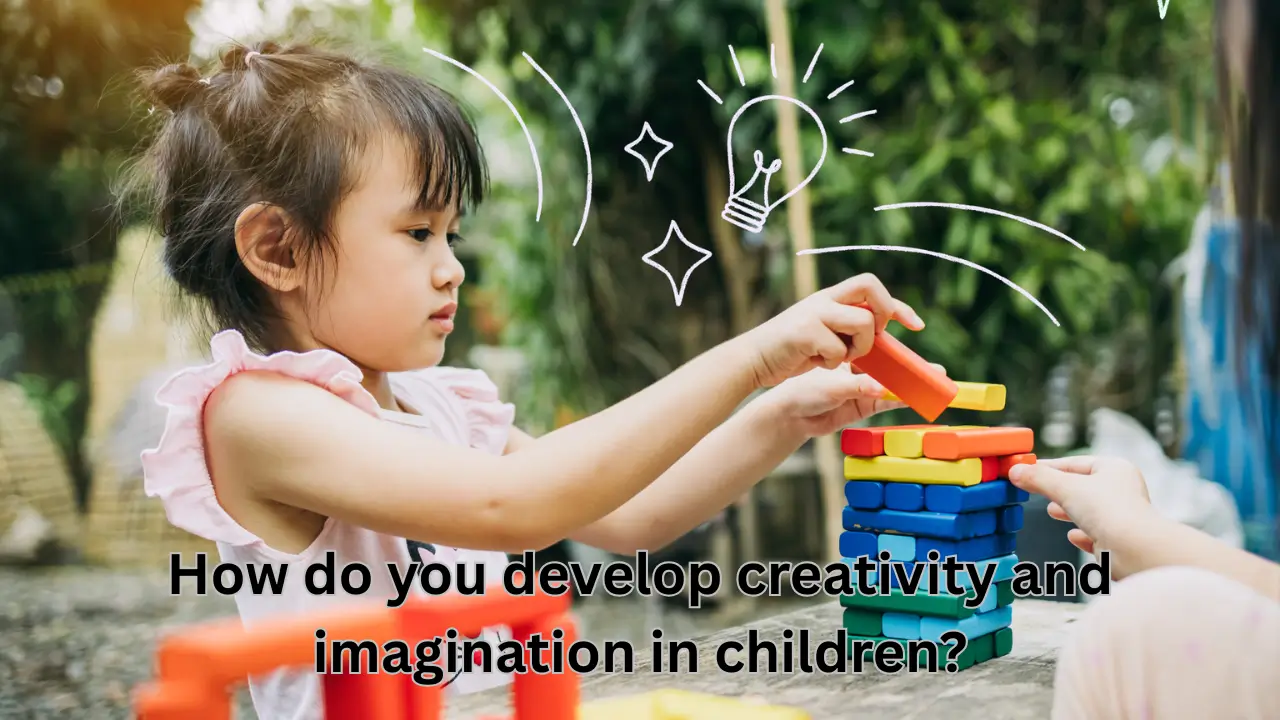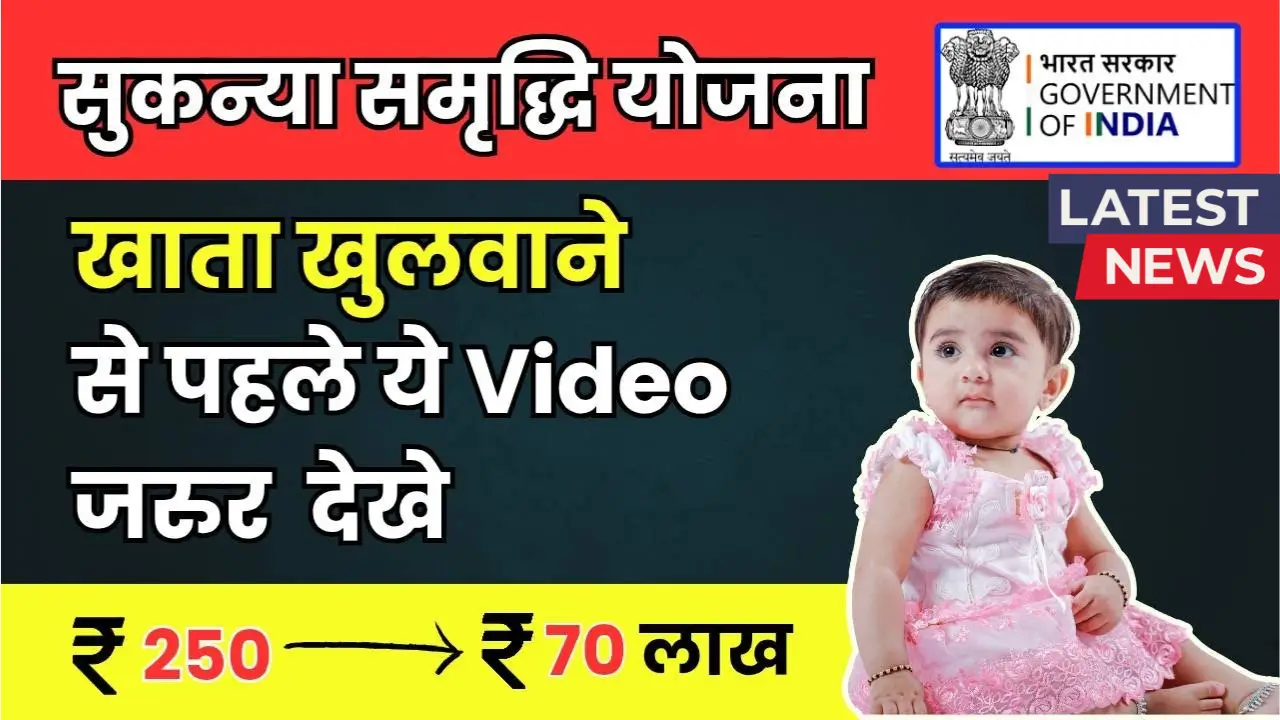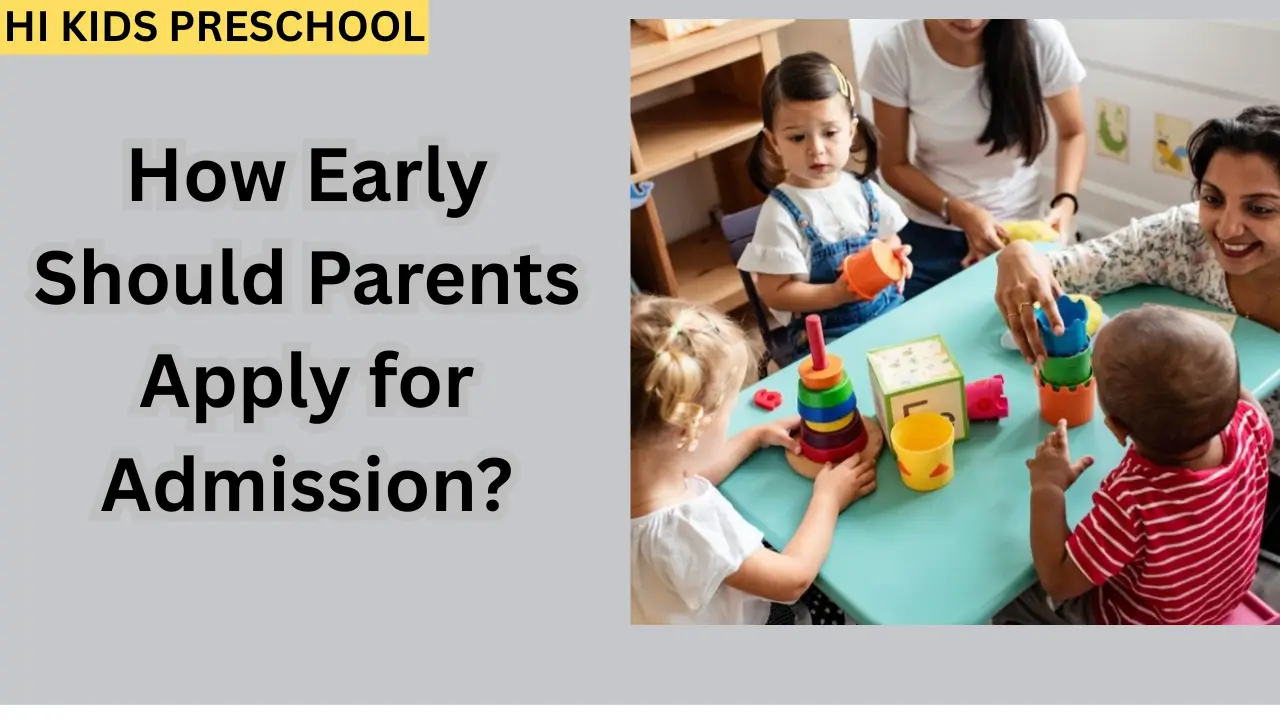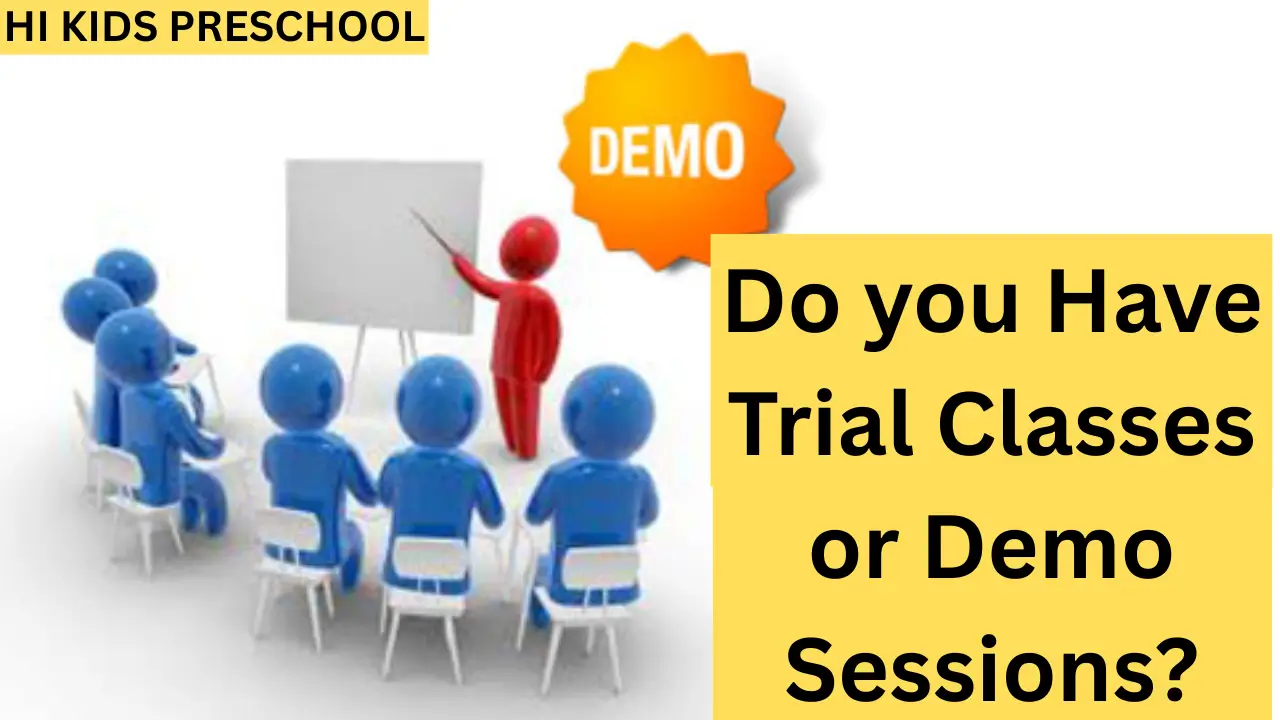Integrating art, music, and dance into the learning process is an innovative approach that transforms traditional classrooms into dynamic spaces where creativity and academics come together.
These forms of expression not only make learning more enjoyable but also enhance cognitive development, emotional intelligence, and cultural awareness. By weaving creative arts into education, teachers can cultivate holistic development in learners, promoting both academic excellence and life skills.
Why Integration of Arts in Education Matters
The 21st-century learning environment is shifting toward holistic education—where creativity, collaboration, and communication are valued as much as academic knowledge. Art, music, and dance serve as powerful tools in this shift because they:
- Stimulate imagination and creative problem-solving.
- Strengthen memory retention by connecting emotions with concepts.
- Promote inclusivity by engaging diverse learning styles.
- Build confidence, empathy, and teamwork.
- Support well-being and stress management.
Strategies for Integrating Art, Music, and Dance into Learning
1. Art in Learning
Visual art provides learners with the ability to see abstract concepts in tangible form.
Approaches:
- Use illustrations, diagrams, and drawings to explain science and math concepts.
- Encourage students to create posters, mind maps, or storyboards for historical events.
- Introduce art journals as part of reflective learning.
- Project-based learning where students design models or paint concepts from their subjects.
2. Music in Learning
Music enhances memory, rhythm, and emotional connection to lessons. It can create a positive classroom atmosphere while aiding cognitive development.
Approaches:
- Use songs to teach language, grammar rules, math formulas, or scientific terms.
- Play background instrumental music during reading, meditation, or brainstorming activities.
- Collaborative songwriting projects to summarize lessons.
- Rhythm-based clapping or drumming exercises for team-building and concentration.
3. Dance in Learning
Dance incorporates movement, kinesthetic intelligence, and physical engagement, making learning interactive and fun.
Approaches:
- Role-play and movement-based storytelling activities to explain history or literature.
- Choreograph dances that symbolize natural processes (e.g., the water cycle, photosynthesis).
- Use body movement to demonstrate mathematical symmetry, geometry, and patterns.
- Encourage cultural dances for multicultural awareness and appreciation.
The Integrated Approach
Cross-Disciplinary Activities
- Science + Dance: Learners imitate planetary movement through a choreographed dance.
- Math + Music: Students use rhythm and beats to understand fractions and ratios.
- History + Art: Learners paint murals depicting significant events.
- Language + Drama/Dance: Literature is explored by enacting dance or tableau scenes.
Benefits of Arts Integration in Learning
| Aspect | Benefits |
|---|---|
| Cognitive Growth | Strengthens memory, problem-solving, and critical thinking. |
| Emotional Development | Enhances empathy, self-expression, and emotional regulation. |
| Cultural Awareness | Encourages appreciation of diversity and global perspectives. |
| Collaboration Skills | Builds teamwork, leadership, and communication. |
| Academic Performance | Improves comprehension, retention, and application of subject concepts. |
| Well-being | Reduces anxiety, increases focus, and instills joy in learning. |
Latest Trends and Updates in Arts Integration (2024–2025)
- Digital Art and Virtual Platforms
- Use of digital painting and 3D modeling tools in classrooms.
- Virtual reality (VR) to simulate artistic and historical experiences.
- Music and Technology Fusion
- AI-generated music as a tool for personalized learning.
- Apps that let students remix lessons into rap or beats.
- Movement-Based Learning Techniques
- Brain breaks with short dance movements to refresh focus.
- Mind-body learning through yoga dance sequences for better concentration.
- STEAM Education Expansion
- Integration of Art into STEM fields (Science, Technology, Engineering, Math), making it STEAM.
- Encouragement of creativity-driven solutions in innovation labs.
- Inclusive Learning
- Art, music, and dance approaches are proving highly effective for students with special learning needs, as they engage multisensory methods.
Practical Tips for Educators
- Start Small: Introduce short music or art activities before or after lessons.
- Collaborate with Local Artists: Invite professionals to conduct workshops.
- Incorporate Student Choice: Let learners select artistic forms to express understanding of a topic.
- Evaluate Creativity, Not Perfection: Focus on expression, effort, and participation instead of grading artistic skill.
- Align Arts with Curriculum Goals: Ensure activities reflect learning objectives.
Challenges and Solutions
| Challenge | Possible Solution |
|---|---|
| Limited resources | Use recycling materials, free digital platforms, and community partnerships. |
| Curriculum overload | Integrate art activities into existing lessons instead of adding extra work. |
| Lack of teacher training | Conduct workshops and professional development programs. |
| Perception of arts as “non-academic” | Advocate through evidence of improved student performance and creativity. |
Conclusion
Integrating art, music, and dance into learning goes beyond making education fun—it nurtures the mind, body, and soul of learners. It equips students with critical 21st-century skills like creativity, problem-solving, empathy, and adaptability, preparing them for both professional success and personal fulfillment. As technology and education continue to evolve in 2024–2025, the fusion of creativity with academics stands as a powerful model for developing well-rounded and resilient learners.
